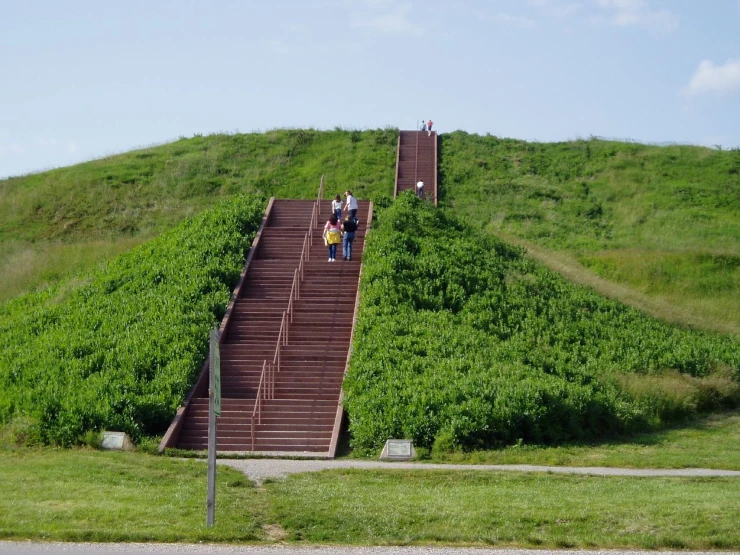


The history of Native Americans in North America dates back an astonishing 60,000 years. In this distant past, a significant number of people began to migrate from the vast, warm plains of central Asia to the region of Siberia in the northeast. However, their journey didn't stop there; they crossed the Chukotka Peninsula to reach America, taking advantage of a land or ice bridge that connected Chukotka to what is now Alaska.
These ancient inhabitants were hunters and gatherers, living in harmony with the herds of game that roamed the lands. From their initial settlements in Alaska, many generations traveled down the Columbia River to the warmer southern regions. In their journey, they crossed the imposing Rocky Mountains and encountered a diversity of peoples, some strange, with whom they had various interactions. There were often conflicts, but they also joined some of these communities.
Throughout the ages, Native Americans continued their migration, following the routes of bison and buffalo, moving eastward to the Atlantic coast, and southward to the regions of the Sierra Madre Oriental, the Mexican plains, rainforests, and jungles of the Yucatán. As they settled in new territories, they developed a rich variety of skills and crafts, including mastery of the bow and arrow, flint toolmaking, basket weaving, and clay pottery.
These migrations reached so far that today, one can still find slight similarities in language, culture, and physical appearance between the indigenous peoples of Peru and Bolivia and the Inuit of Siberia and Alaska. Similarly, connections can be observed between the Huron and Iroquois in New York state with the Chukchi and Koryak of northeastern Siberia.
As these tribes explored and settled vast expanses of land, they multiplied like the sand in the sea, giving rise to an impressive linguistic diversity, with at least around 3,000 distinct languages in use. However, they were constantly under pressure to adapt and move due to changing conditions and needs.
A critical point in their history arrived in 1492 with the arrival of Christopher Columbus in the New World. Although he believed he had reached the shores of India, Columbus mistakenly called them "Indians." The English continued the error with their term "Indians," and the French used the term "peaux rouges," meaning redskins.
Over the four centuries that followed, from 1492 to 1890, Native Americans witnessed the invasion and colonization of their lands. During that time, much of their cultures and civilizations were profoundly affected and, in many cases, destroyed. However, their legacy endures as an essential part of the rich history of North America.
 Native American Cultures: Myths and magic
Native American Cultures: Myths and magic
You can purchase this book on Amazon.
This book challenges deep-seated stereotypes and offers an enriching perspective that contributes to a more comprehensive and respectful appreciation of the indigenous peoples of North America. Through an understanding of their myths and beliefs, we are taking an important step toward cultural reconciliation and the recognition of the diversity that has enriched the history of this continent.
These mythical stories, many of them linked to the literary genre of fantasy, reveal a world where the divine and the human intertwine in narratives that explain the cosmic order, creation, and the fundamental structure of the universe. Discover how these sacred tales bear witness to the deep connection of the natives with nature and spirituality.
Native Americans: Population and Territories
Native Americans: Cultures, customs, worldview
Traditions, myths, stories and legends